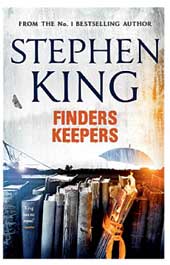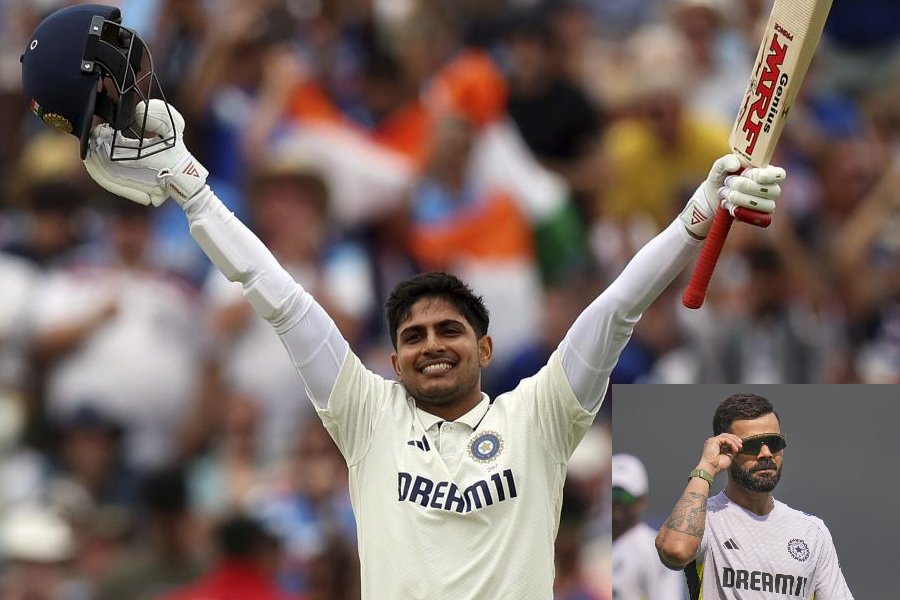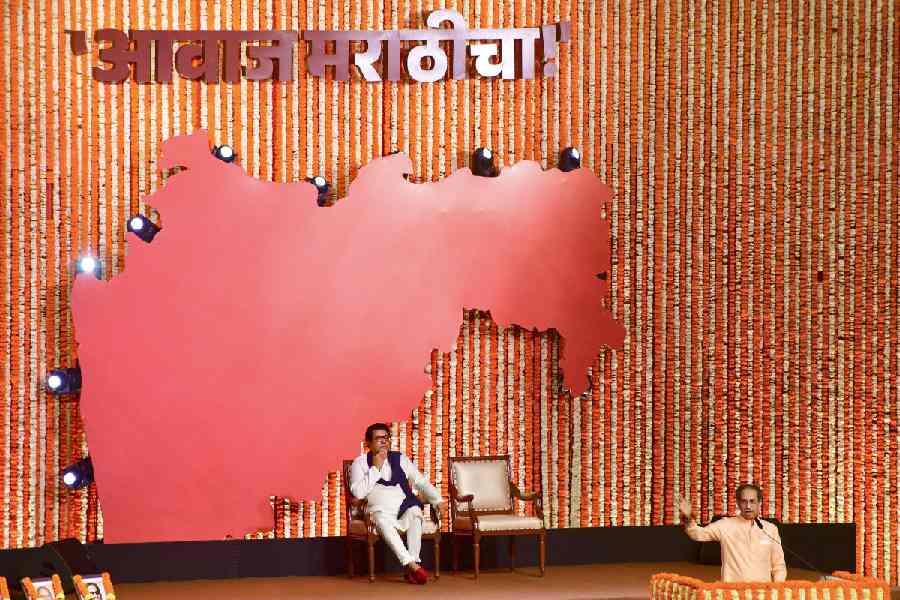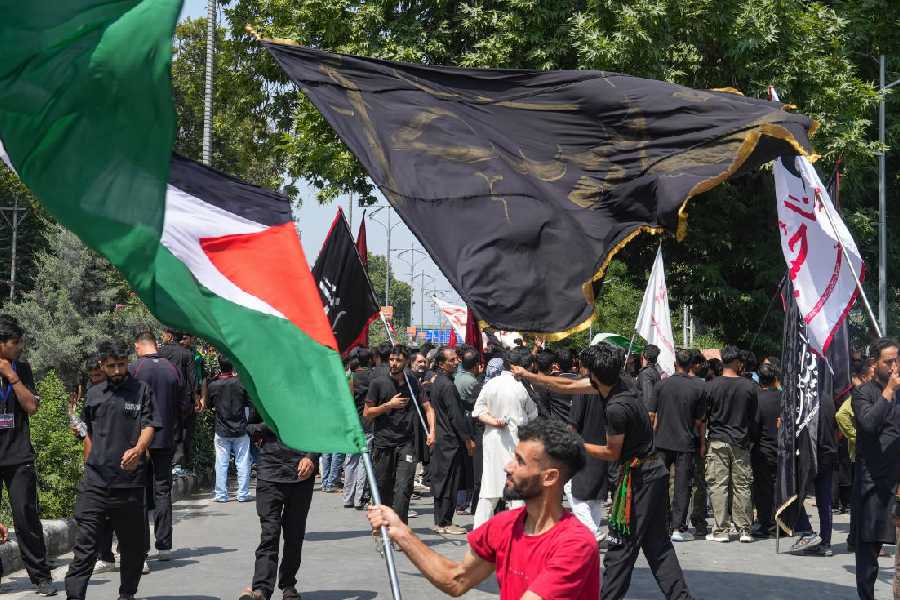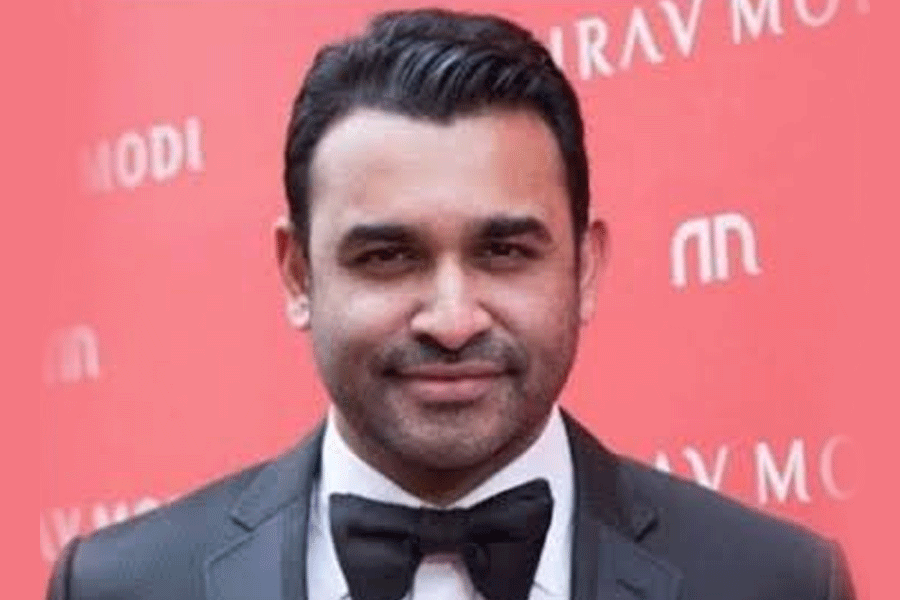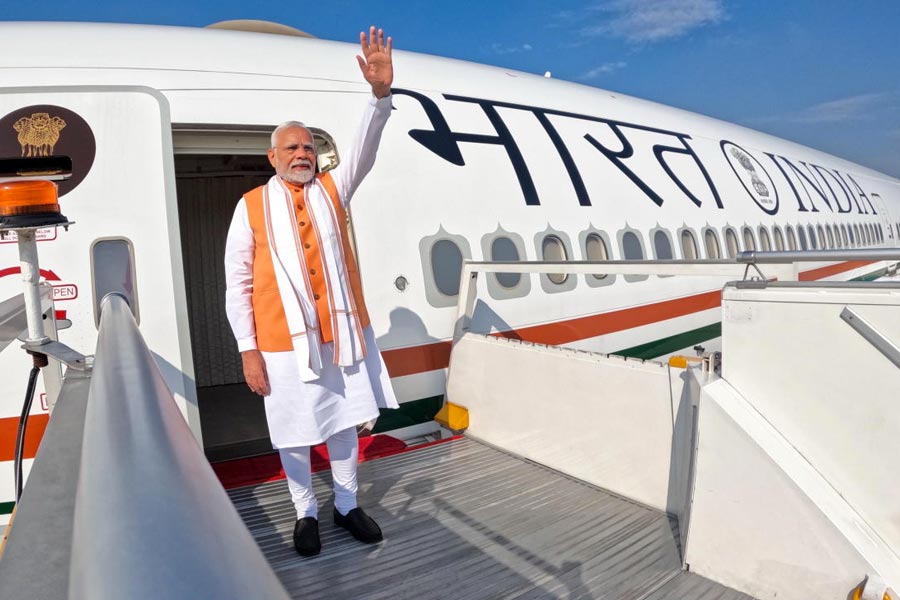Alex Greene, a 21-year-old hacker, is on 28-year-old psychiatrist Sandra Fielding’s ‘Spank Naughty’ list because he gives her “zings” in her “things”. They fall in love and have a happily ever after, and well, they don’t even get married.
Sandra and Alex’s romance is part of Penny Reid’s fun and sexy six-book series (the seventh is out this March) called Knitting in the City (starting 2013), which is about a group of seven women in Chicago — a number whiz, a psychiatrist, a journalist, a secret billionaire heiress, an ex-CIA-turned-stay-at-home mom and two doctors — drawn together by their love of knitting. I wouldn’t have known that men in modern western romance novels would be okay being a dab hand at crocheting or being rescued by their super-ninja wives from kidnappers had I not chanced upon these books.
THEN VS NOW
My first brush with romance novels had happened with a few Mills & Boons 22 years ago, where brooding macho men (read: rude and obnoxious), who were either business tycoons, doctors or ranch owners, would sweep a shy woman (read: timid and docile) off her feet, who would invariably be an underling — a secretary, nurse, governess or housekeeper. Almost always, the moment the man made his declaration of love, the woman gave in and gave up her job. And even at age 15, some of us found those books deeply offensive.
Years later, Born in Fire by Nora Roberts gave me my first peek into how romance could be non-cringe-worthy. Here was a woman, a spitfire glass artist living in a village in Ireland, who gave it back as good as she got it from a polished art gallery owner from Dublin. She doesn’t uproot herself from her village for him; instead they work out a plan to divide their time between her village and his city.
It’s the first romance I read that also included the man’s perspective, which was such a refreshing change from always being in the girl’s head and only taking a guess at what the guy might be thinking. In some books of today, the female and male points of view come in alternate chapters and it actually makes all the difference. You figure out it is not always the woman who is unsure; the man, too, is. It is not always she who is overwhelmed; he, too, is.
What a pleasant surprise it was also to find protagonists who are construction workers, mechanics, cartoonists, comic book artists, search and rescue dog trainers, chefs, musicians, dancers, fire fighters. And they are both men and women.
IT’S ALSO ABOUT HAVING FUN
Curious of these developments, I went online and was struck by a brave new world. There was a romance set in every genre you could think of — dystopian, steampunk (e.g. 19th century Western industrial setting), fantasy, sci-fi, thriller, gay, lesbian — sitting next to the old school-but-updated mushy love stories and historical sagas. Western romance has travelled so many worlds in the last decade!
The most remarkable twist in the tale, however, is the humour. Finally, romance is not just about the angst and the pain but also about being witty and having fun. One such LOL read is Graeme Simsion’s The Rosie Project, where a socially inept professor of genetics draws up a questionnaire to find the perfect wife only to have his carefully-controlled experiment thrown out of the window by the whirlwind called Rosie. Also get your hands on Lauren Layne’s Sex, Love and Stilettos and Oxford series, where journalists from competing women’s and men’s magazines try to one up the other even while falling in love.
THEY’RE EQUALS
The men and women in these romances are between mid-20s and late 30s. They lead rich lives as working professionals and have interesting friends. They are not always sexy, brooding or gorgeous; they are also nerdy, lanky and goofy. They are ribbed about their romantic interests by their gangs and they can laugh at themselves and at each other too. To sum up — they are a tribe; not two individuals locked in their own little world like in the Mills & Boon and Harlequin days.
That brings us to the other vital shift — it’s finally a relationship between equals. In most of the romances in the ’90s and 2000s, the woman had to wrest a man’s affection from another woman, or prove herself worthy of filling a role in his life (e.g., being a doting mom to his child from an earlier marriage). Now the man works equally hard to win over a woman and the woman is just fine being herself. She maybe loud, boisterous, wacky, driven, ambitious and sometimes plus-size too (isn’t that what we all secretly want?).
There are some unexpected takeaways from the books, like the recipes built into Sweeter With You from Susan Mallery’s Fool’s Gold series where two competing chefs are working together on a recipe book. Or, Listen To Me by Kristen Proby where a gang of girls owns a restaurant called Seduction.
SEX ’N’ SLOW BURN
Most modern romances have a lot of sex, explicit and graphic, and it is almost never just missionary. It’s a nice mix.
Some stories launch into the sex right in chapter 2 — there’s lots of it but not frequent or long-drawn and detailed enough to be termed erotica — with the love developing later. Or like me, you might enjoy the slow-burners. Mariana Zapata’s Kulti is about this German ex-footballer who comes to coach a women’s football team in the US and gets close to their star player. The love-making comes in at the very end after a gradual build-up and the sexual tension simmering throughout is quite exquisite. In Rachel Higginson’s The Opposite of You, another slow-burner, the fireworks are between a temperamental award-winning chef and a food truck owner. The best part is the women don’t shy away from using vibrators or talking about it with their men, nor is self-pleasuring a taboo.
Will these authors take you on an emotional roller-coaster like Nicholas Sparks and Cecelia Ahern? Definitely not. Will they intellectually invigorate you? Again, no. Will they bring on a goofy smile on your face and make you feel the warm fuzzies? Most certainly. Exactly the reason why I went from loathing romances to reading at least one a week, even as I went from covering the books I was reading to not caring who saw me reading them because I don’t believe anymore that intelligent, feminist women don’t read romances!
OUR FUN ROMANCE PICKS

THE ROSIE PROJECT BY GRAEME SIMSION
A socially awkward guy who hands out questionnaires for prospective brides (and has lists and flowcharts for his day) falls for the woman who stands for everything he wants to weed out via that questionnaire.
Read it for: The unexpectedness of it.

THE BOY NEXT DOOR BY MEG CABOT
It has everything — meet cute, mistaken identity, gossip, humour and, of course, romance, but it plays out through emails.
Read it for: The fun presentation.

KULTI BY MARIANA ZAPATA
A female footballer with muscles, not cute toes. A hot, grouchy, ex-football superstar. And a friendship that runs in a different direction. It is saccharine sweet without being revolting.
Read it for: The slow burn.

KNITTING IN THE CITY SERIES BY PENNY REID
Fiesty, empowered women. Hot men who are not embarrassed to knit. Crazy laughs.
Read it for: The humour

SEX, LOVE AND STILETTOS AND OXFORD SERIES BY LAUREN LAYNE
Journalists from a men’s mag find out more about getting in touch with their feminine side, and those from a rival women’s mag step out of their comfort zones. And they all find love. Read it for: The cheek.

THE OPPOSITE OF YOU BY RACHEL HIGGINSON
He is a Michelin-star chef, she opens a food truck across his restaurant. They butt heads, perfect recipes and decide to open a restaurant together.
Read it for: Again, the slow burn.

WALLBANGER (COCKTAIL SERIES) BY ALICE CLAYTON
They meet when she knocks on his door to ask him to keep his wall-banging, night-time activities down. Not the start of a traditional romance. Their story unfolds over three books.
Read it for: The fun and the sexy.

